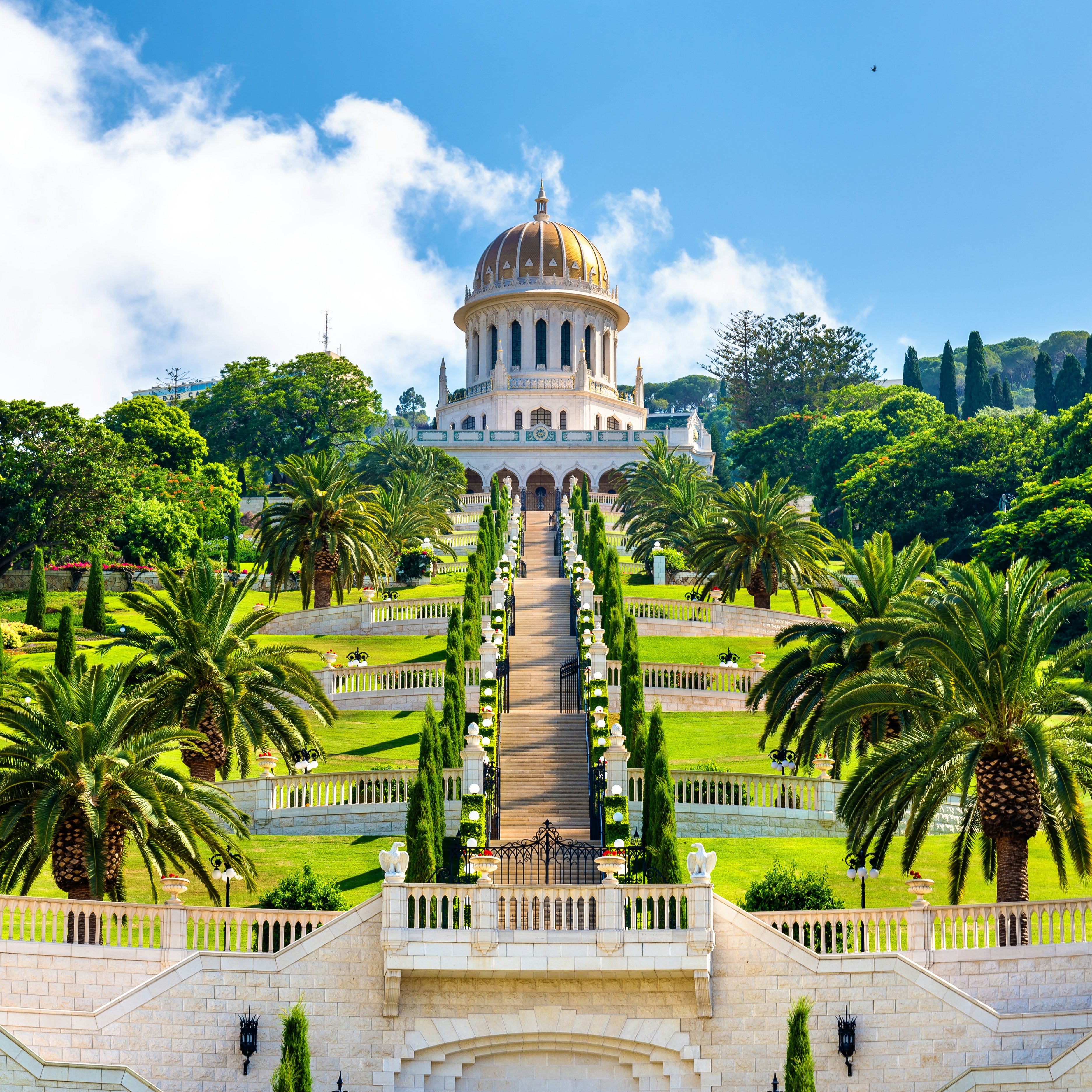

Overview
On Israel’s north coast, ancient history peeps out between the palm trees. Sandy beaches run parallel to the cobalt-blue Mediterranean, luring surfers and sunbathers to their breezy shores. But beach life is a blink of the eye in this historic area: in Caesarea, the well-conserved ruins of Herod’s ambitious port stand proud against the sea, while life continues in the labyrinthine, centuries-old alleys in walled Akko.
Plan your trip with Guide, an AI travel planner!
Create a personalized trip itinerary in seconds using artificial intelligence.
Must-see attractions
in partnership with getyourguide













